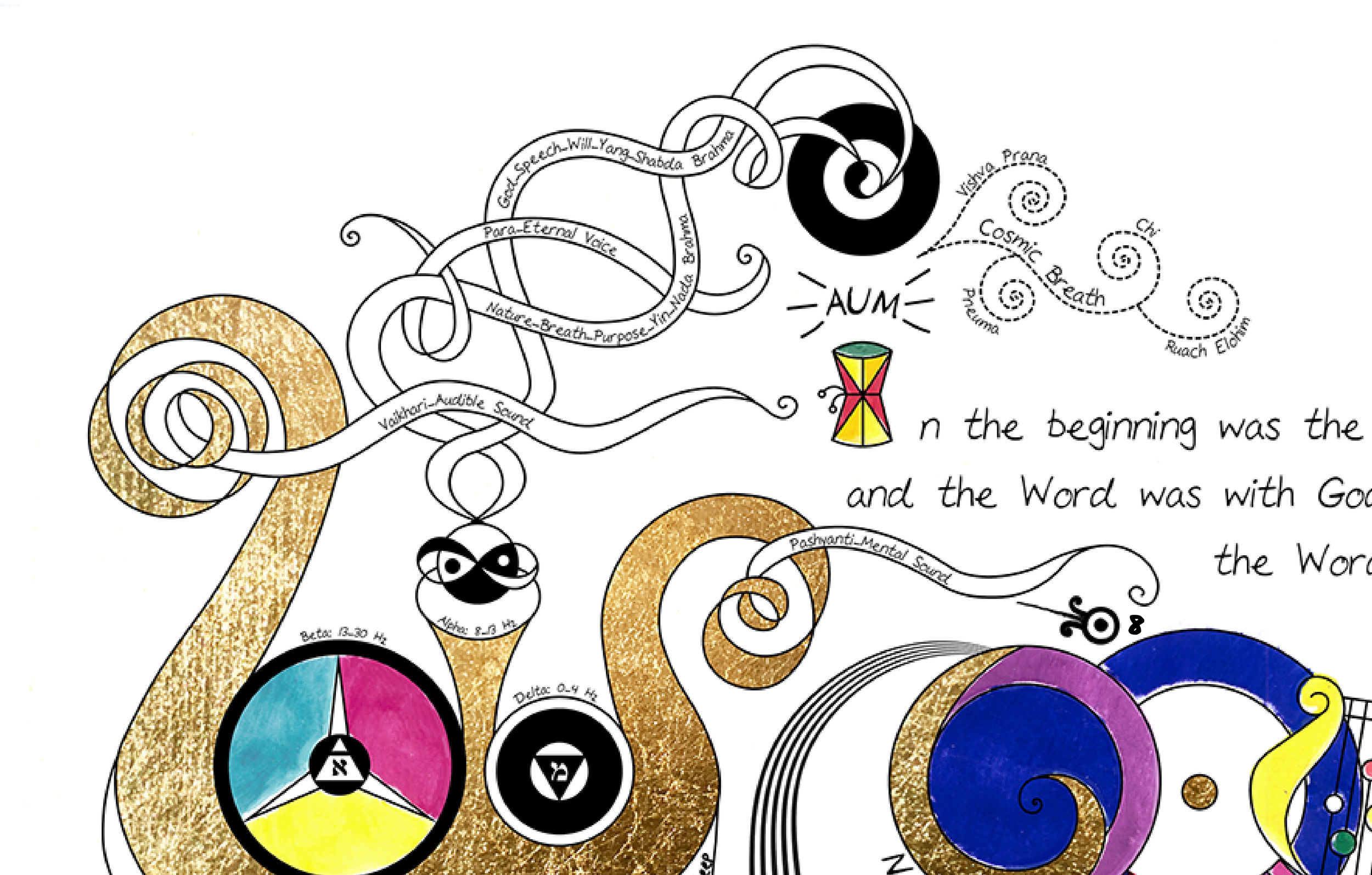
Click the titles to view the source material for each description. Enjoy!
"the word "Ruach" cannot be construed as a person. It is a force. It is invisible and like wind, because it can be felt or experienced, but not seen. It is the breath of God which disperses His life-force, His energy and His intentions/mind.”
- Hebrew Roots
"Chi, like pneuma, is translated as “breath, energy, ether,” or “material force,” but is better rendered as '“matter-energy."
- A New Day
"The most ancient spiritual text of India, the Rig Veda, has some interesting things to say about the breath. In the great Hymn of Creation (10:129:2) it says of the Absolute: "That One Thing, breathless, breathed by its own nature."
- Abbot George Burke (Swami Nirmalananda Giri)
"The Stoics identified this world-soul with God or Zeus. One source described God as an intelligent, artistic fire that systematically creates the cosmos as it expands; in the same passage God is called "a pneuma that pervades the whole cosmos as the human soul pervades the mortal body."
- Scott Rubarth
"The whole macro cosmic universe is a projection of sound vibrations. From that sound the whole world has evolved. In the Bible there is the reference: "In the beginning was the word, and the word was with God." This word is called the nada or the shabda."
- Desh Kapoor
"The fourth and gross stage of nada is called vaikhari. Vaikhari sound is audible and producible. The spoken sound is vaikhari. It is produced by friction or by striking two things against each other. Its frequencies of vibration are conducted within a certain limited range."
- Desh Kapoor
"According to Hindu mythology, Shiva is the lord of the cosmic dance and the cosmic sound of AUM, from which the entire universe in generated. Shiva is often depicted with an "hourglass drum" or damaru, which provides the music for the dance, and symbolizes the act of the creation of the universe through sound/dance, and symbolizes the act of the creation of the universe through sound."
- Michael Drake
"The second stage of sound, which has less frequency and is more gross than para, is pashyanti. It is a sound which cannot be heard, but it can be seen. Pashyanti in Sanskrit means ‘that which can be seen or visualized’. The ancient scriptures maintain that sound can also be perceived. How does one see a sound? Well, have you ever heard a piece of music in a dream?"
- Desh Kapoor
"There are 4 basic brain wave frequencies and each correlates with a specific state of consciousness. Like sound frequencies, brain waves are measured in Hz, or cycles per second."
- Linda Gabriel
"And when you have pronounced this properly, all vowel sounds are in that pronunciation: "Aum." And consonants are regarded simply as interruptions of Aum, and all words are thus fragments of Aum, as all images are fragments of the form of forms, of which all things are just reflections."
- Joseph Campbell











